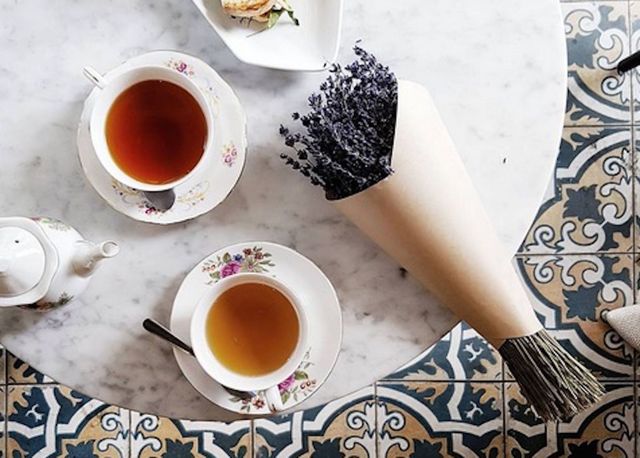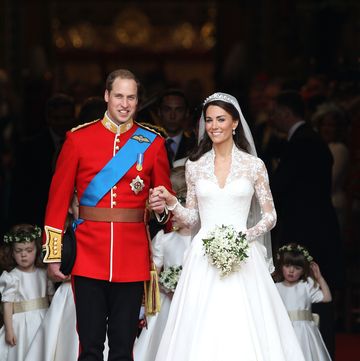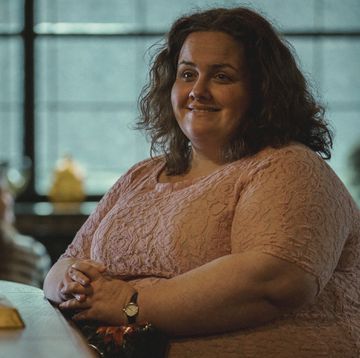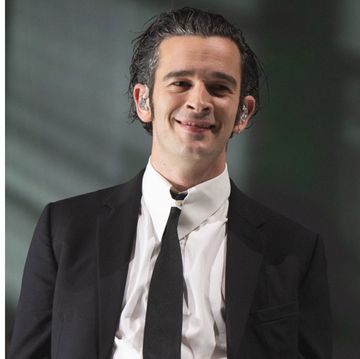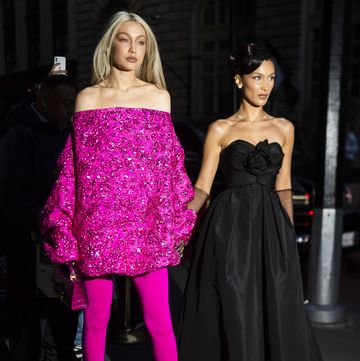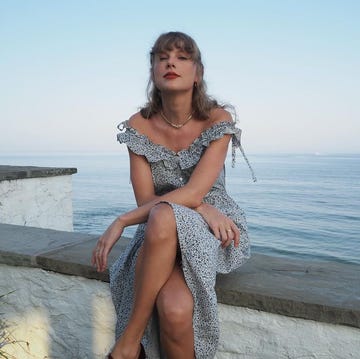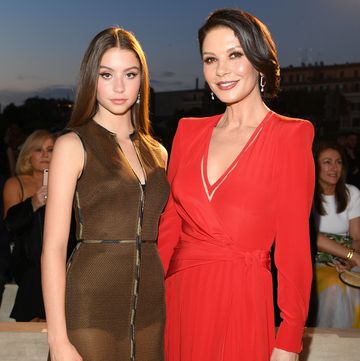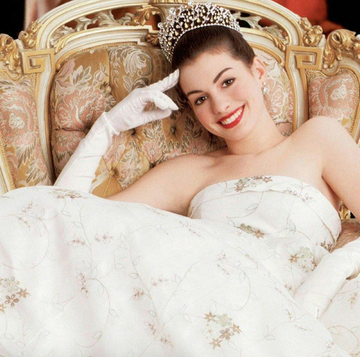What do you use Instagram for? Fitness inspiration? Make-up tutorials? Memes? Stalking an old flame?
Well, your countless hours of usage on the photo-sharing app now means you're partaking in a social science experiment too.
In a study on the relationship between what you share and the places you decide to visit, scientists are using Instagram data to compile information on status hierarchies in a city, the formation of subcultures, segregation, and strategies of distinction.
The experiment also hopes to gain insight into the places or sets of places in which different groups in the city spend their waking hours.
A 12-week long experiment has already been conducted with geotagged posts from Amsterdam and Copenhagen as proof of concept for how to explore and visualise sociospatial patterns and divisions between two cities.
As the report outlines, Instagram data 'enables researchers to shed new light on processes that have long occupied scholars of cities.'
And do the number of likes matter? In this case, yes, as it contains further details to help build an overall picture of social activity.
Of course, as with all experiments, the limitations have already been well outlined. For example, social media data doesn't necessarily reflect the activity of everyday urban life – which was found especially true for the Amsterdam and Copenhagen study. 'Instagram users selectively represent their lifeworlds by showcasing images they feel are suited for circulation. This also means that they represent the city and their place within it in a curated manner,' noted the researchers.
If this isn't modern day science, we don't know what is.

